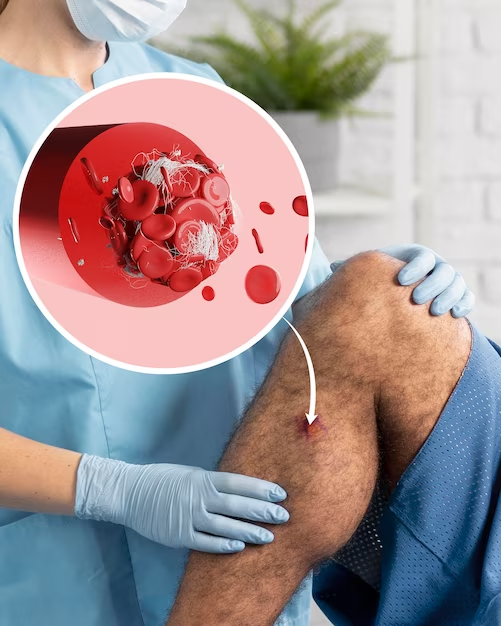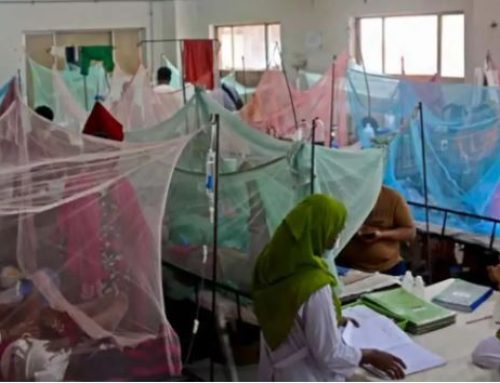Project Description
Author: Rashid et al.
Summary:
Introduction: In recent years, human papillomavirus (HPV) testing has been used in combination with cytology to maximize the detection rate of high-grade cervical lesions in women ≥30 years of age. This study was conducted to evaluate the association of the high-risk HPV (hrHPV) genotype with the clinicopathological parameters of diagnosed cases of precancerous and cancerous lesions of the cervix.
This cross-sectional study was carried out in the Department of Pathology, Dhaka Medical College, in collaboration with ‘DNA Solution LTD, Dhaka’. The study period was 24 months from July 2018 to June 2020. Following informed written consent, a total of 51 women (18 patients with clinically suspected malignant lesions and 33 with a positive VIA test) were included in this study, and all were subjected to colposcopic examination performed by a gynecologist. For ethical guidelines, the 1975 Declaration of Helsinki was strictly followed. Data analysis was performed using SPSS version 24.0.
The mean age of the studied patients was 41.86 ± 9.84 (SD) years (range 25-60 years). Approximately half of the participants (n=25, 49%) were married for less than 16 years. The majority of cases (n=44, 86.27%) were multiparous. Among all cytological findings and histological diagnoses, hrHPV-16 (n=21, 41.18%) was the most prevalent type, followed by hrHPV-18 (n=3, 5.88%) and hrHPV-68 (n=1, 1.96%). Two patients had coinfection with hrHPV (16, 18) and hrHPV (16, 51) in particular. However, the remaining 24 cases were not detected in any of the tested categories. Out of 27 hrHPV-positive cases, hrHPV-16 was detected in 5 cases that were negative for intraepithelial lesions. In cervical swabs, 6 cases of hrHPV-16, 2 cases of hrHPV-18 and one case of hrHPV coinfection (16, 18) were histologically diagnosed as invasive SCC G-II. Among 51 cases, the most common histological diagnosis was CIN I (n=18, 35.3%).
Conclusion: hrHPV genotyping was found to be associated with cytological findings and histological diagnosis. However, further larger multicenter studies are recommended.
Status: Ongoing
Full text link: Not available



